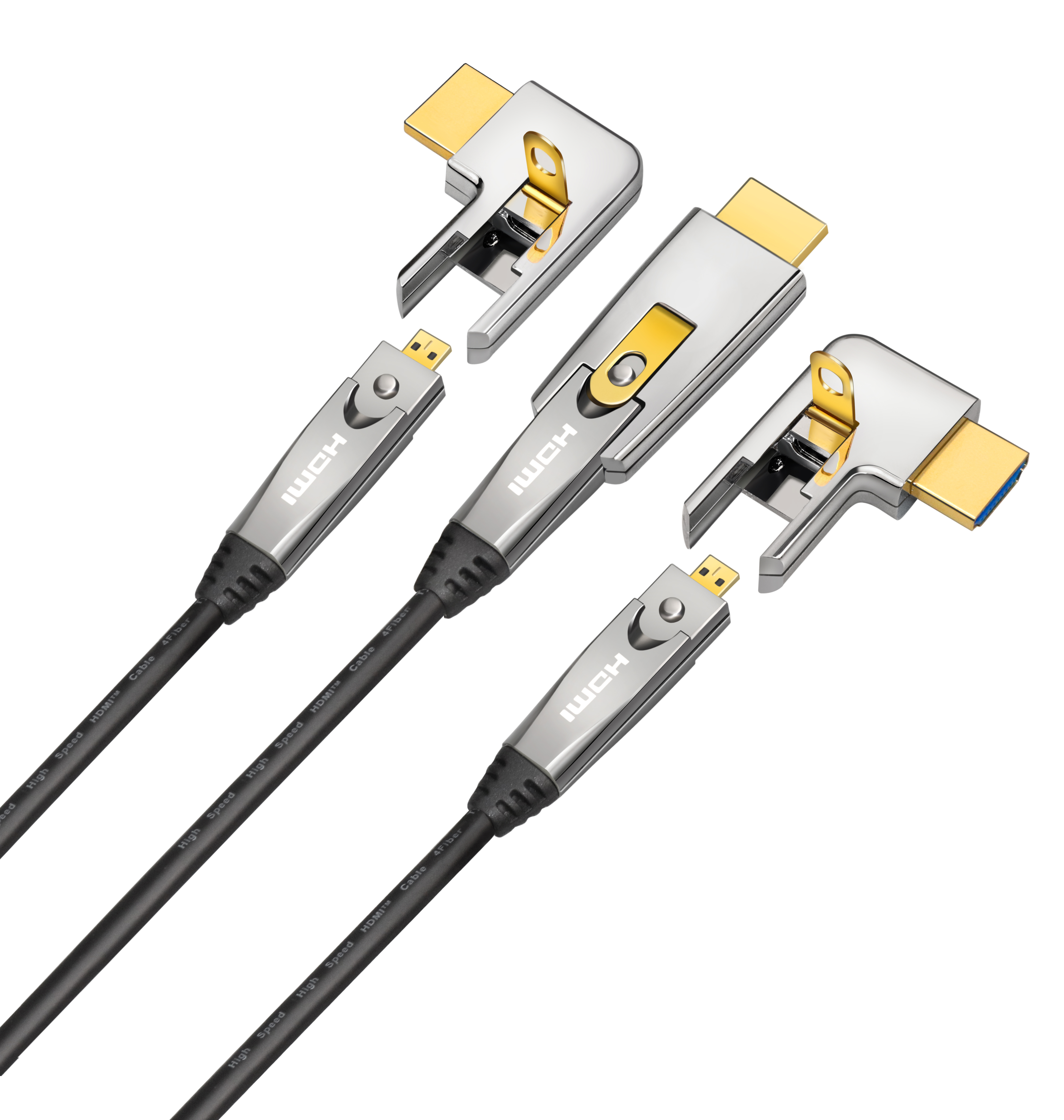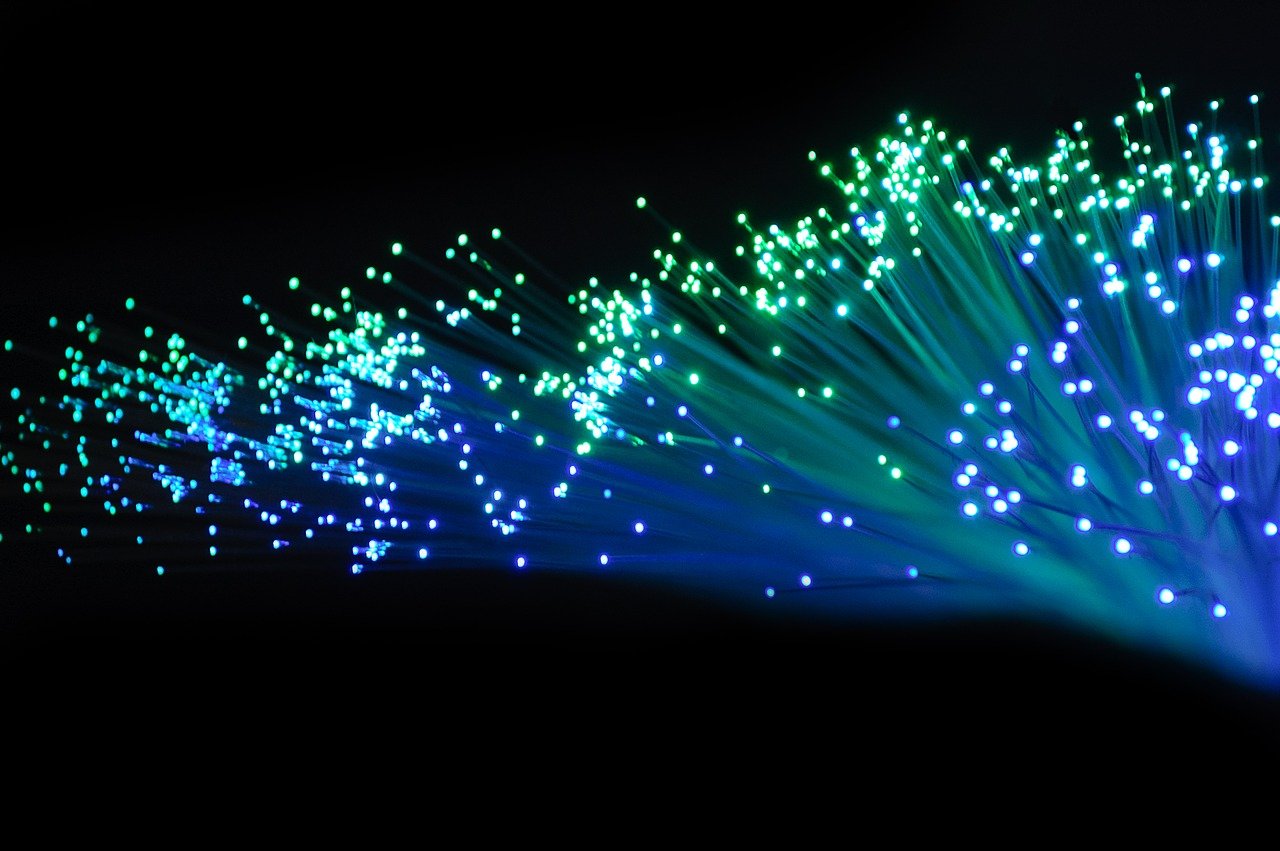4 Essential Facts About How HDMI Splitters Work

Introduction to HDMI Splitters
If you've ever wanted to connect a single HDMI source to multiple displays, then an HDMI Splitter is the solution you're looking for. An HDMI Splitter is a nifty device that takes the signal from one HDMI source and splits it into multiple outputs, allowing you to mirror the same content across several screens simultaneously.
Now, you might be wondering, why does understanding HDMI Splitters matter? Well, let me share a personal anecdote about my first encounter with an HDMI Splitter. I remember setting up my home entertainment system and struggling to figure out how to connect my gaming console to both the TV in the living room and the projector in the basement. It was only after learning about HDMI Splitters that I was able to enjoy seamless gaming experiences in different parts of my home.
Fact 1: The Basics of HDMI Splitters
Now that we understand the significance of HDMI Splitters, let's delve into the basics of how they function and their key components.
What HDMI Splitters Are
An HDMI Splitter is a practical device designed to take a single HDMI input and distribute it across multiple outputs. This means that you can connect one source, such as a gaming console or Blu-ray player, and display the same content on two or more screens simultaneously. It's like having a cloning tool for your audio-visual content, allowing you to enjoy the same high-definition experience in different rooms or with multiple displays.
The Key Components of an HDMI Splitter
Inside an HDMI Splitter, there are essential components that facilitate its operation. These typically include input ports for connecting the source device, output ports for linking to the displays, and electronic circuitry responsible for splitting and transmitting the signal. Some advanced splitters may also incorporate signal amplifiers to ensure consistent quality across all connected screens.
Fact 2: How HDMI Splitters Work
Now, let's unravel the technical aspects of how HDMI Splitters function, the role of power in their operation, and the limitations and capabilities associated with these devices.
The Process of Splitting an HDMI Signal
When an HDMI Splitter is connected to a source device, such as a gaming console or Blu-ray player, it intercepts the digital signal transmitted through the HDMI cable. This signal contains audio and video data encoded in a specific format. The Splitter then uses its internal circuitry to duplicate this signal and distribute it across multiple output ports. Each connected display receives an identical copy of the original signal, ensuring that the same content is displayed simultaneously on all screens.
The Role of Power in HDMI Splitters
Some HDMI Splitters require external power sources to operate effectively. This additional power is necessary because splitting and transmitting high-definition signals across multiple displays can be demanding on electronic components. By providing external power, these splitters ensure that each connected display receives a strong and consistent signal without any degradation in quality. However, not all splitters need external power; some are designed to draw sufficient power from the input source itself.
Limitations and Capabilities
It's essential to understand that while HDMI Splitters offer remarkable functionality, they also have certain limitations. For instance, most standard splitters are capable of duplicating and displaying content simultaneously but do not support independent playback on each screen. Additionally, there may be restrictions on the maximum resolution or refresh rate supported by the splitter, which could impact its compatibility with certain displays or content formats.
In terms of capabilities, HDMI Splitters excel at seamlessly distributing high-definition audio-visual content across multiple displays without any noticeable delay or loss in quality. They are ideal for scenarios where mirroring content is sufficient for the intended use case.
Fact 3: Common Uses of HDMI Splitters
In Home Entertainment Systems
In a home entertainment setup, HDMI Splitters play a crucial role in enhancing the viewing experience for families and friends. Imagine hosting a movie night in your living room and wanting to ensure that everyone has an optimal view of the film. By using an HDMI Splitter, you can effortlessly connect your streaming device or Blu-ray player to multiple screens, allowing everyone to enjoy the movie simultaneously. This setup eliminates the need for individuals to huddle around a single screen, providing a more immersive and inclusive cinematic experience.
In Educational and Professional Settings
In educational and professional environments, HDMI Splitters offer practical solutions for sharing content across multiple displays. A friend of mine who is a teacher shared how she uses an HDMI Splitter in her classroom. By connecting her laptop to the Splitter and then distributing the signal to several projectors positioned throughout the room, she can ensure that all students have a clear view of the educational materials being presented. This not only fosters better engagement but also encourages collaborative learning as students can easily reference the same content from their respective vantage points.
Fact 4: Choosing the Right HDMI Splitter
When selecting an HDMI Splitter, several factors should be taken into account to ensure compatibility and optimal performance.
Factors to Consider
Compatibility: It's crucial to verify that the Splitter supports the specific HDMI version and resolution formats required by your source device and displays. Different versions of HDMI may have varying capabilities, so ensuring compatibility is essential for seamless operation.
Power Requirements: Consider whether the Splitter requires external power or can draw sufficient power from the input source. Understanding the power requirements is vital to guarantee stable signal distribution without any degradation in quality.
Number of Outputs: Determine the number of displays you intend to connect to the Splitter. Some models support a limited number of outputs, so it's important to choose one that aligns with your multi-display setup.
Signal Amplification: For larger setups or longer cable runs, opting for a Splitter with built-in signal amplification can help maintain signal integrity across all connected displays.
Personal Recommendations
In my setup, I use a 4-port HDMI Splitter that offers compatibility with HDMI 2.0 and provides support for 4K resolution at 60Hz. This ensures seamless connectivity between my gaming console, TV, and projector while delivering stunning visual clarity on each display.
See Also
Revealing the Innovation of Active Optical Cables (AOC) for HDMI
Securing Your HDMI System: The Benefits of Active Optical Cables
Improving HDMI Cable Functionality with AOC Innovation
Simplify Cable Solutions with Preconn: An On-Site Termination Handbook
Advantages of Water-Resistant Fiber Optic Cables: OptiTap MPO Multimode OM3 IP68-rated


